The world of literature is filled with an endless array of magical and fantastical tales. From epic journeys across mystical lands to encounters with mighty wizards and fiery dragons, fiction provides an enchanting escape for readers of all ages.
One realm that offers a particularly alluring blend of fantasy, folklore, and cultural richness is that of the jinn. Jinn, known also as genies or djinn, are supernatural creatures that have captivated imaginations for centuries.
In this blog post, we’ll delve into the fascinating literary territory of jinn-themed novels and stories, understanding their significance and the enduring impact they have had on literature and culture.
The jinn have their roots in ancient Arabian and Middle Eastern folklore, emerging prominently through myths, fables and oral storytelling traditions.
Their presence adds an exotic flair that intrigues and transports readers. Over time, these mystical beings have evolved, featuring in tales from different parts of the world and being reimagined in creative ways by various authors.
Jinn narratives often reflect the cultures they spring from, offering a bridge to appreciate beliefs outside our own.
So come along as we uncover some spellbinding jinn literature, meet unforgettable characters, and learn why this genre continues to thrive. There is magic awaiting us within the pages.
The Jinn in Literature: A Historical Perspective
To understand the allure of jinn fiction, it helps to examine its origins. Jinn have been part of Middle Eastern and Arabic folk traditions since ancient times.
One of the earliest known accounts is found in the Arabian Nights, the famous collection of tales from the Islamic Golden Age.
Jinn—often portrayed as wish-granting genies—played a key role in many stories, demonstrating their deep roots in Middle Eastern culture. As Islam spread, beliefs about jinn spread too, resulting in their presence in folklore across North Africa, Spain and Asia.
From here, jinn began to feature prominently in fantasy literature, adapted to suit different cultures and contexts. In some parts of Africa and Asia, jinn were depicted as nature spirits or tribal protectors bound to particular places.
We see jinn woven into epic poems and fantastical romances in Persia, Mughal India, and Ottoman Turkey, taking on an air of courtly mystique.
And of course, the jinn remain a core part of magical realism and modern fantasy originating from the Middle East. The evolution of jinn across cultures and time periods contributed greatly to the literary landscape.
Jinn as Multifaceted Characters
While early jinn were often mystical plot devices, modern writers have developed them into complex, relatable characters. Jinn can take on a myriad of roles within fiction: from wrathful villains to gentle companions, their intricate motivations and desires add depth.
Some characterizations draw heavily from original Arabian mythology—jinn are frequently portrayed as tricksters who must be outwitted. However, they also exhibit very human struggles with identity, freedom, and morality.
In Salman Rushdie’s Haroun and the Sea of Stories, the jinni Iff is a mood-swinging, magical mischief-maker who gets caught up in an epic quest.
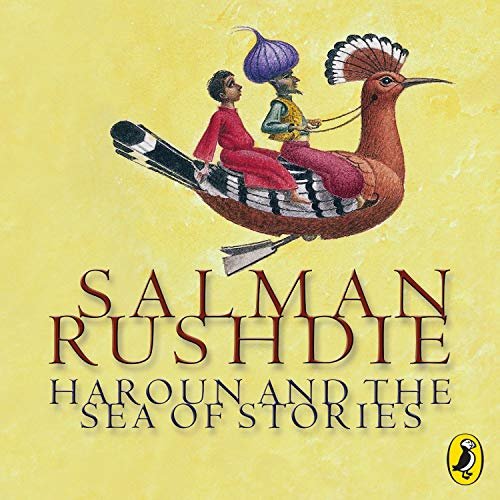
Neil Gaiman’s American Gods features a jinni named Mr. Jacquel who is self-centered but not totally unsympathetic, trying unsuccessfully to pass as human. While these portrayals are playful, other representations paint jinn as more sinister.
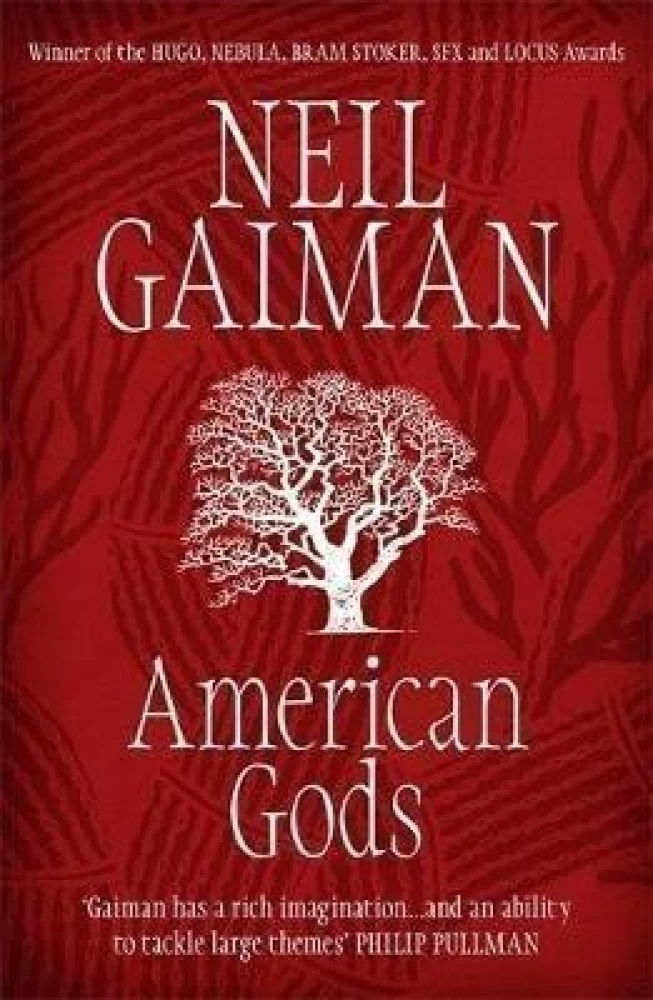
The detective novel The Rule of the Jinn Demon by Eric Van Lustbader centers around capturing a murderous, vengeful jinni wreaking havoc in New York City. Whether used as lighthearted fantasy or chilling horror, jinn characters have depth and resonance.
Must-Read Jinn-Themed Novels
Jinn have become ingrained in the literary canon, featuring prominently in many imaginative and thought-provoking novels. For an captivating introduction to jinn literature, here are some recommendations:
1. The Fisherman by John Langan: This cosmic horror novel incorporates Middle Eastern folklore and features a ominous jinni named The Fisherman who tempts the protagonist. Darkly philosophical, this book contemplates how we construct meaning and identity.
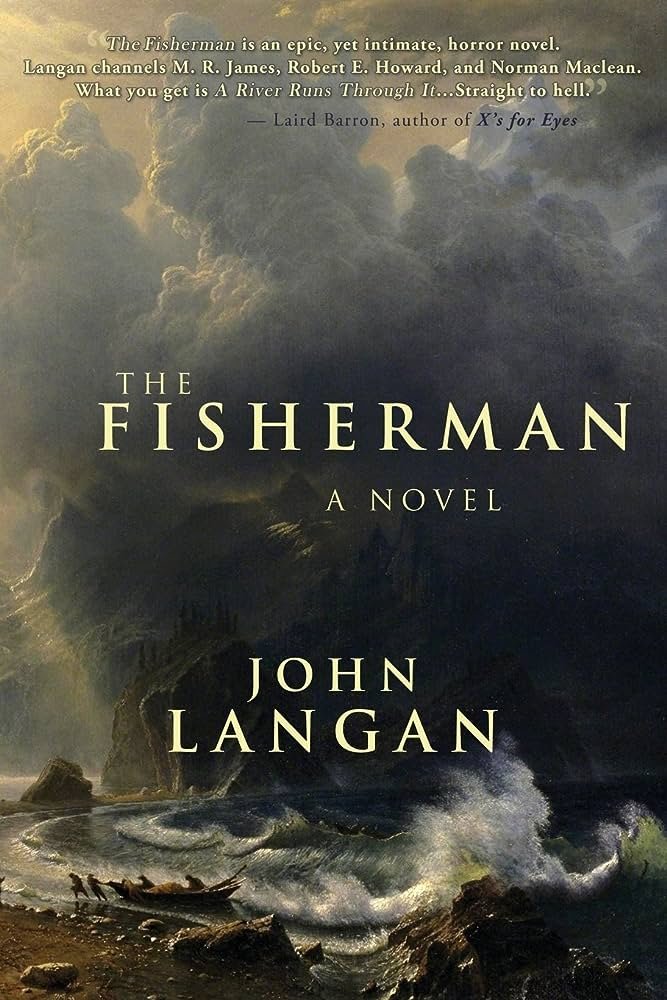
2. Jinnicky the Red Jinn by Ruth Plumly Thompson: In this children’s book, a young boy named Randy helps free a jinni from a bottle and they embark on a classic wish-granting adventure. it explores friendship and problem-solving through a playful jinni character.
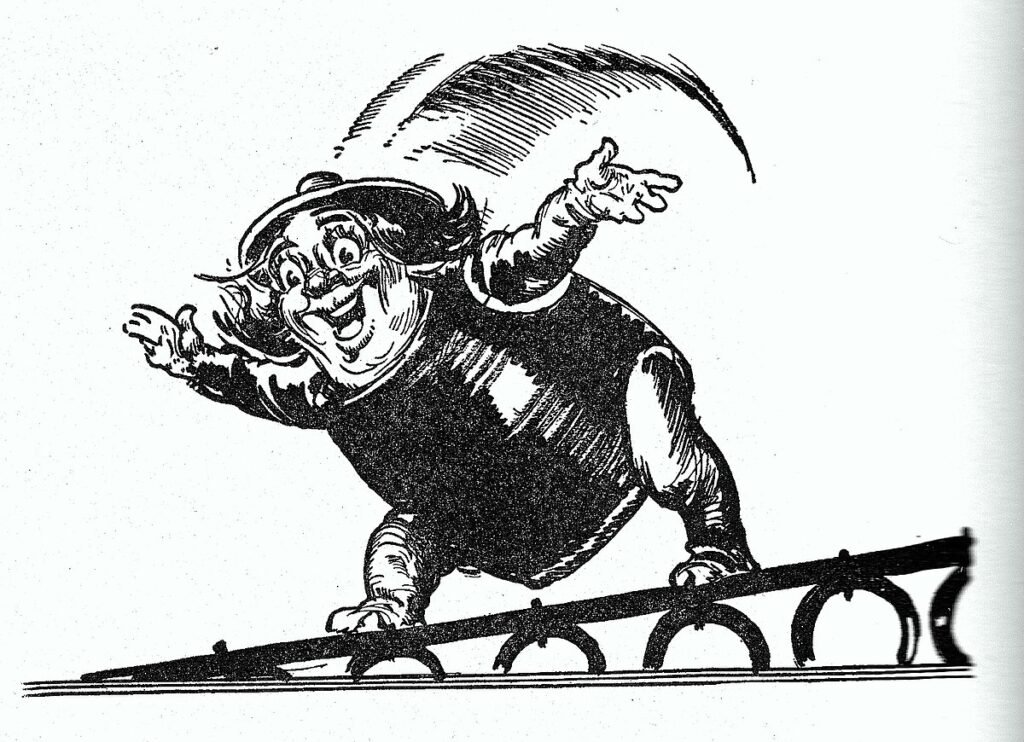
3. Master of the Jinn by Irving Karchmar: Blending fantasy, theology, and philosophy, this novel follows a spiritually curious American man who encounters a mystical order of jinn masters on his travels. This thought-provoking book examines Sufi spirituality and the nature of fate.
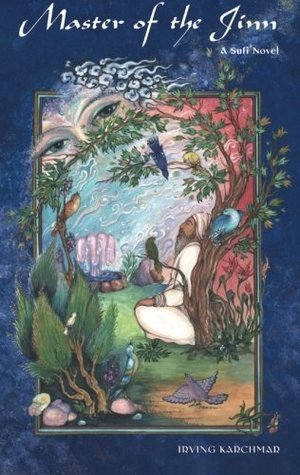
4. The Golem and the Jinni by Helene Wecker: An enchanting historical fantasy that unfolds in 19th century New York, centered around the unlikely friendship between a golem and a jinni as they try to navigate their magical identities.
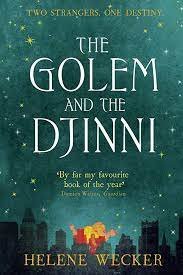
The Cultural and Folkloric Significance
Beyond fantastical plots, jinn-filled stories offer insight into diverse cultures and perspectives. By understanding traditions surrounding jinn, readers can better appreciate worldviews outside their own.
Jinn lore often intertwines with teachings of Islam, offering a window into different belief systems. Folktales featuring jinn may reflect values like hospitality, cleverness, and moderation—as seen in stories of jinn rewarding good deeds or punishing the greedy.
Regional stories showcase how cultures interpret jinn, from Indonesian jinn who live in trees to Chamorro tales of shape-shifting jinn in the forests of Guam. By exploring international jinn fiction, we gain perspective and see our shared human experiences.
Contemporary Jinn Literature
While jinn have always been prominent in Middle Eastern and Islamic storytelling, recently more authors worldwide have incorporated these mystical beings into novels, reimagining jinn narratives in creative ways.
Salman Rushdie is arguably the most influential contemporary jinn writer.
Along with Haroun and the Sea of Stories, his novel The Satanic Verses sparked controversy in the 1980s for its provocative use of jinn lore. Jinn are also gaining traction in YA fiction, graphic novels, and genre fiction as writers highlight underrepresented cultures.
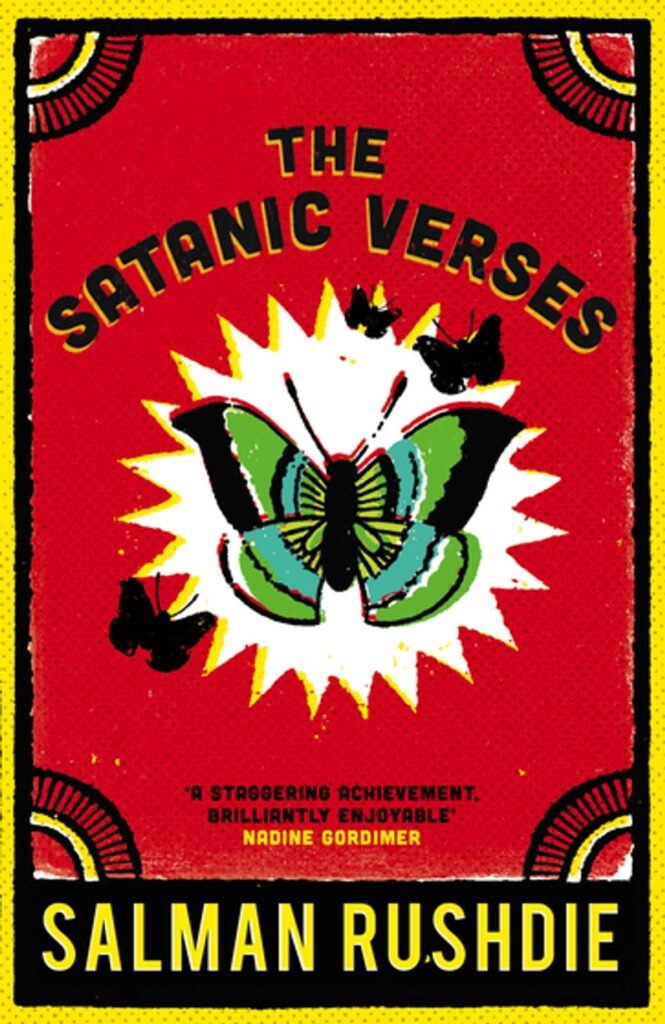
Contemporary examples include Wicked Jinn: A Novel by Taslim Hartley, which follows a Syrian American teen who discovers she is half-jinn. As authors continue to innovate, jinn remain culturally significant.
Challenges and Controversies
When dealing with powerful cultural and religious touchstones like jinn lore, creative works often generate debate.
Controversies have arisen regarding whether some jinn depictions are offensive, blasphemous, or inappropriate.
Notable instances include protests over the sexualized portrayal of jinn in American Jinn, and boycotts against a children’s book called Jinnicky the Red Jinn. Issues range from cultural appropriation to perceived mocking of sincere beliefs.
Additionally, references to jinn magic and occult rituals have raised concerns. While fiction authors have artistic freedom, cultural sensitivity regarding Muslim and Middle Eastern perceptions continues to be an evolving, sometimes controversial, matter.
Publishers aim to balance creative expression with conscientiousness, although disputes still flare up. Going forward, thoughtful approaches and dialogue around jinn literature will be important.
The Reader’s Experience
For fans, the most rewarding part of diving into jinn stories is the enchanting experience itself. Jinn-filled worlds open doors to rich culture, pulsing adventure, thought-provoking ideas, and sheer reading delight.
The exotic allure of jinn lore transports you, allowing escape into lands filled with magic, intrigue, and discovery.
Readers become engrossed in imaginative tales of cunning jinn tricksters, epic battles between good and evil jinn, and spirit quests aided by mystical jinn guides.
Beyond escapism, readers gain exposure to new philosophies on existence and spirituality. Jinn fiction can offer moral messages about overcoming greed.
Overall, readers are left with a sense of wonder and greater appreciation for diverse beliefs. The jinn remain alluring, their magical literary moments continuing to inspire flights of fantasy for enthusiasts around the world.
Conclusion
Our journey into jinn literature reveals an endlessly fascinating genre. Like their ghostly smoke-form, jinn stories twist and turn fluidly across cultures, assuming unique shapes in different lands.
But their mystical presence in folklore and novels remains constant. Contemporary interest shows these cunning, mischievous beings still have much magic to work in fiction.
Their rich cultural legacy continues, as jinn inspire fantasy epics, supernatural thrillers and profound philosophical works.
So leave room on your bookshelf for jinn titles, and make space in your imagination for their colorful, thought-provoking adventures. You never know what fantastical new tales involving jinn might emerge from the creative cauldron of world literature.

